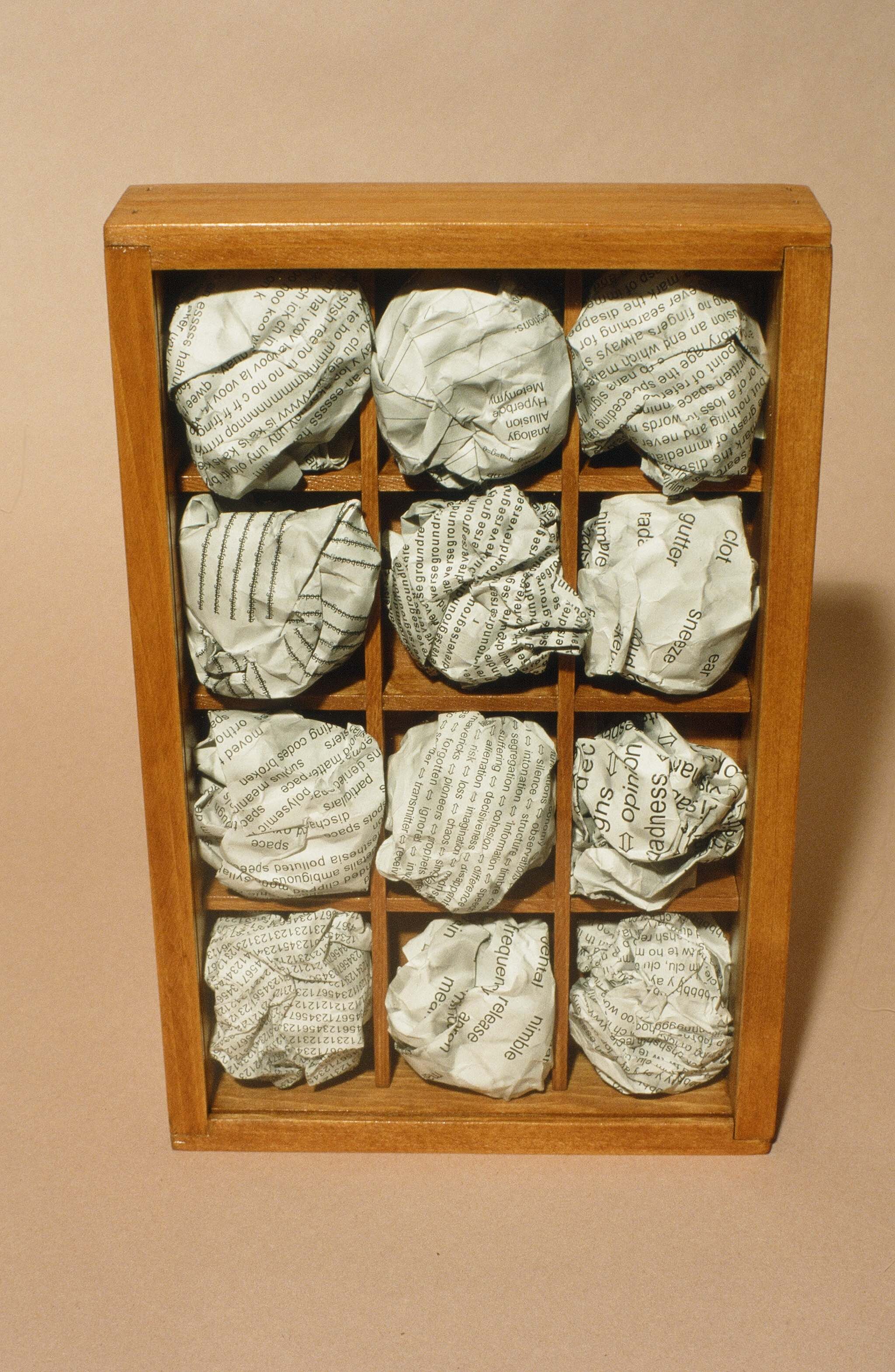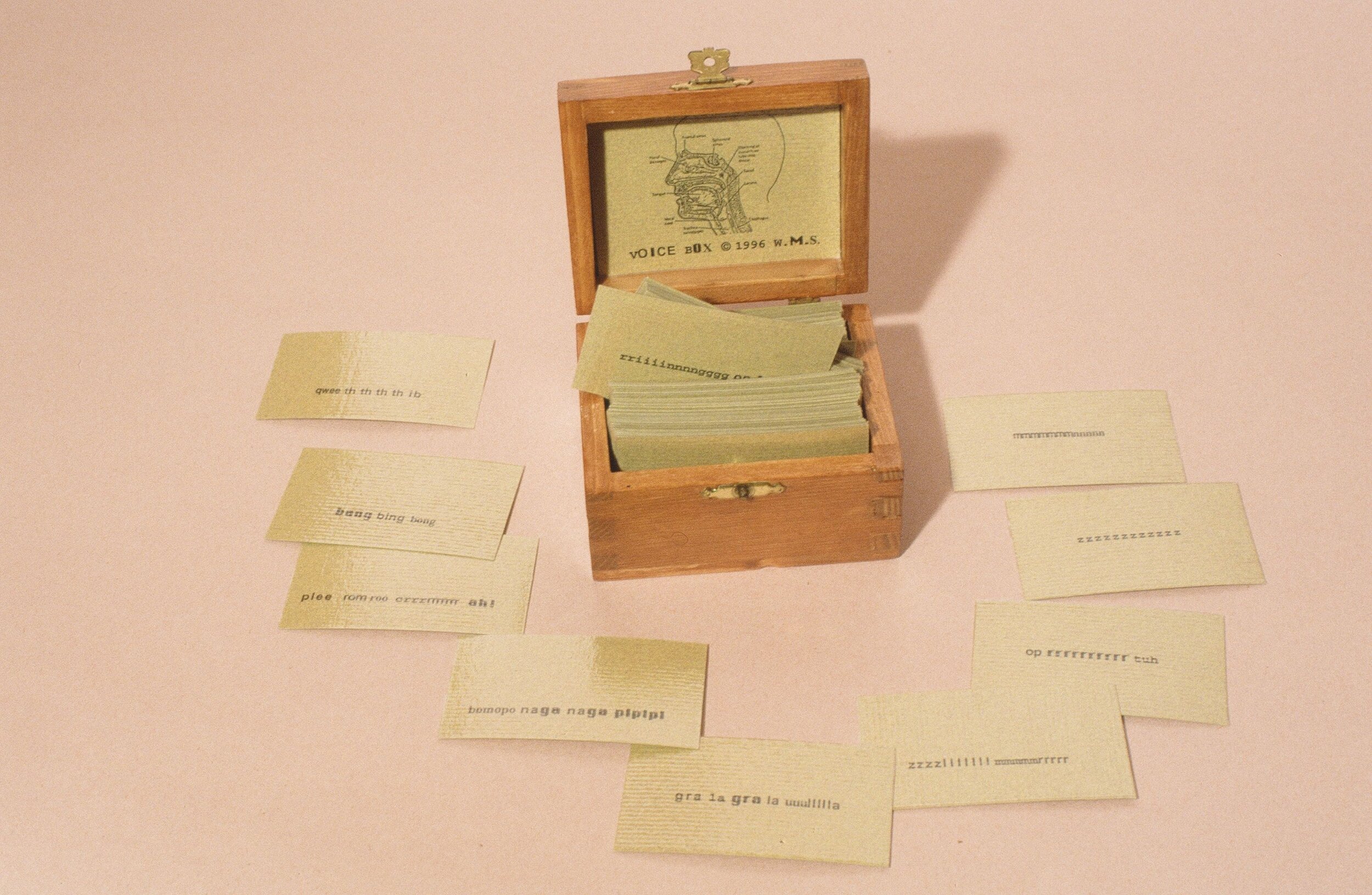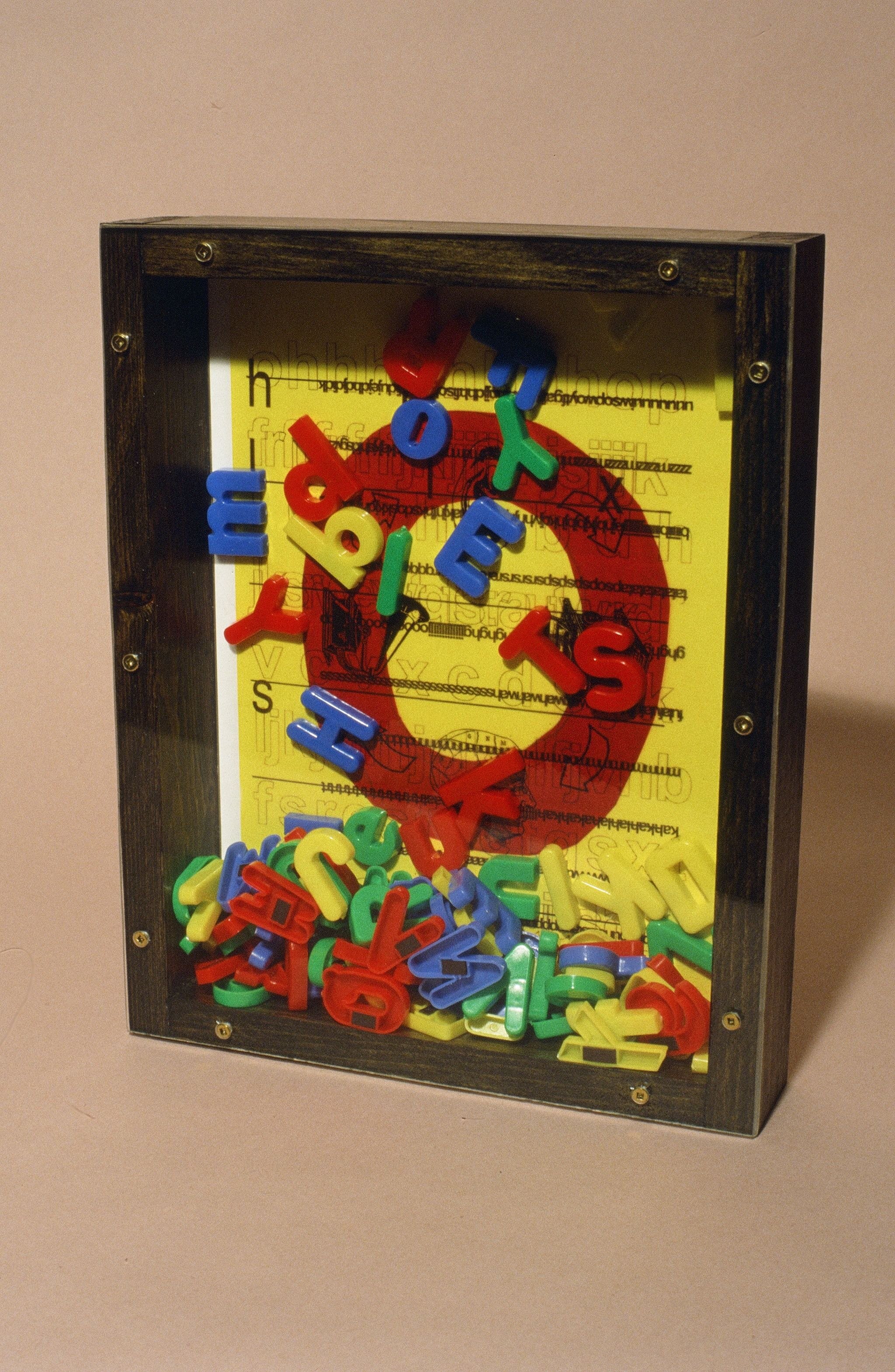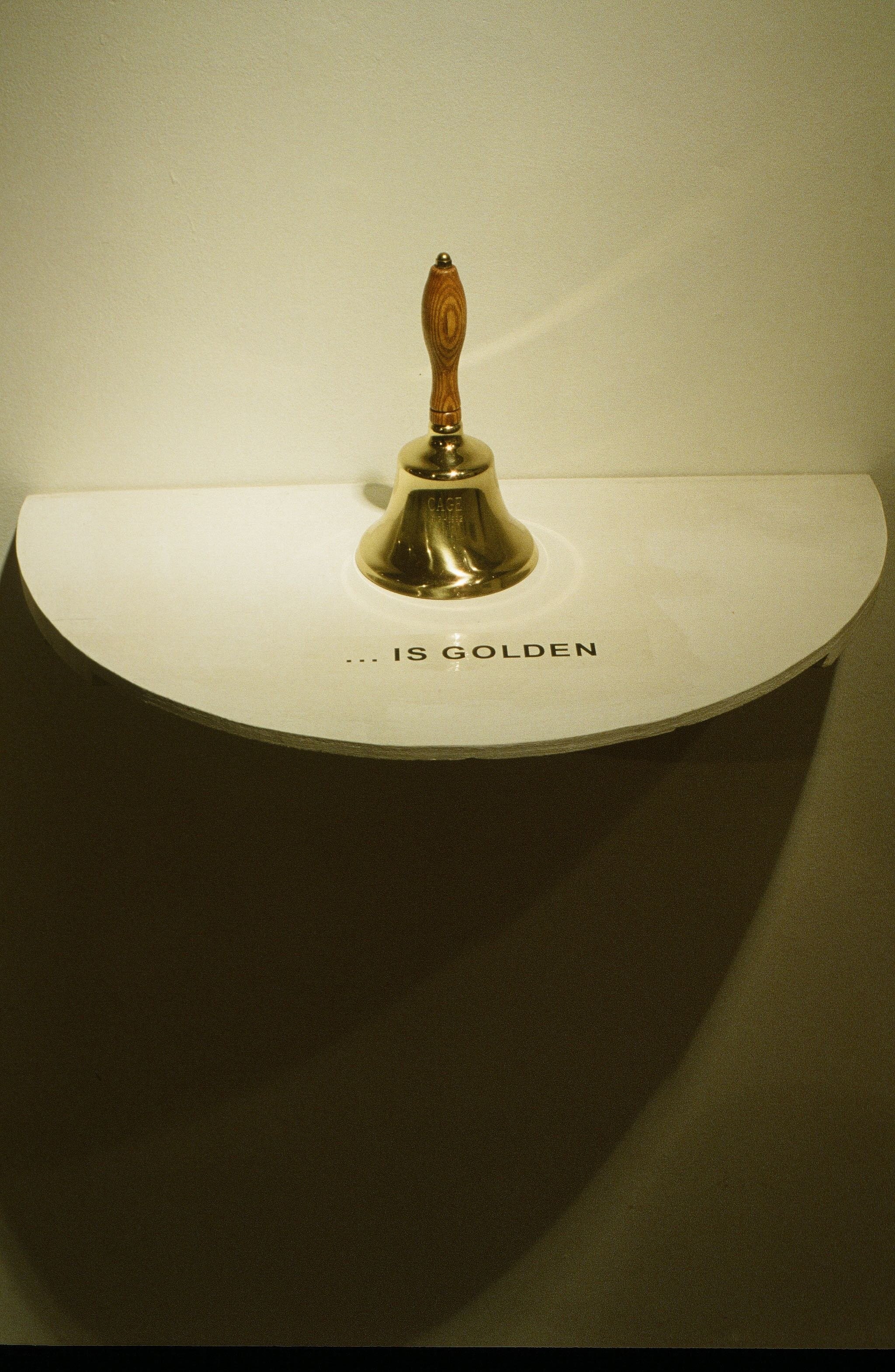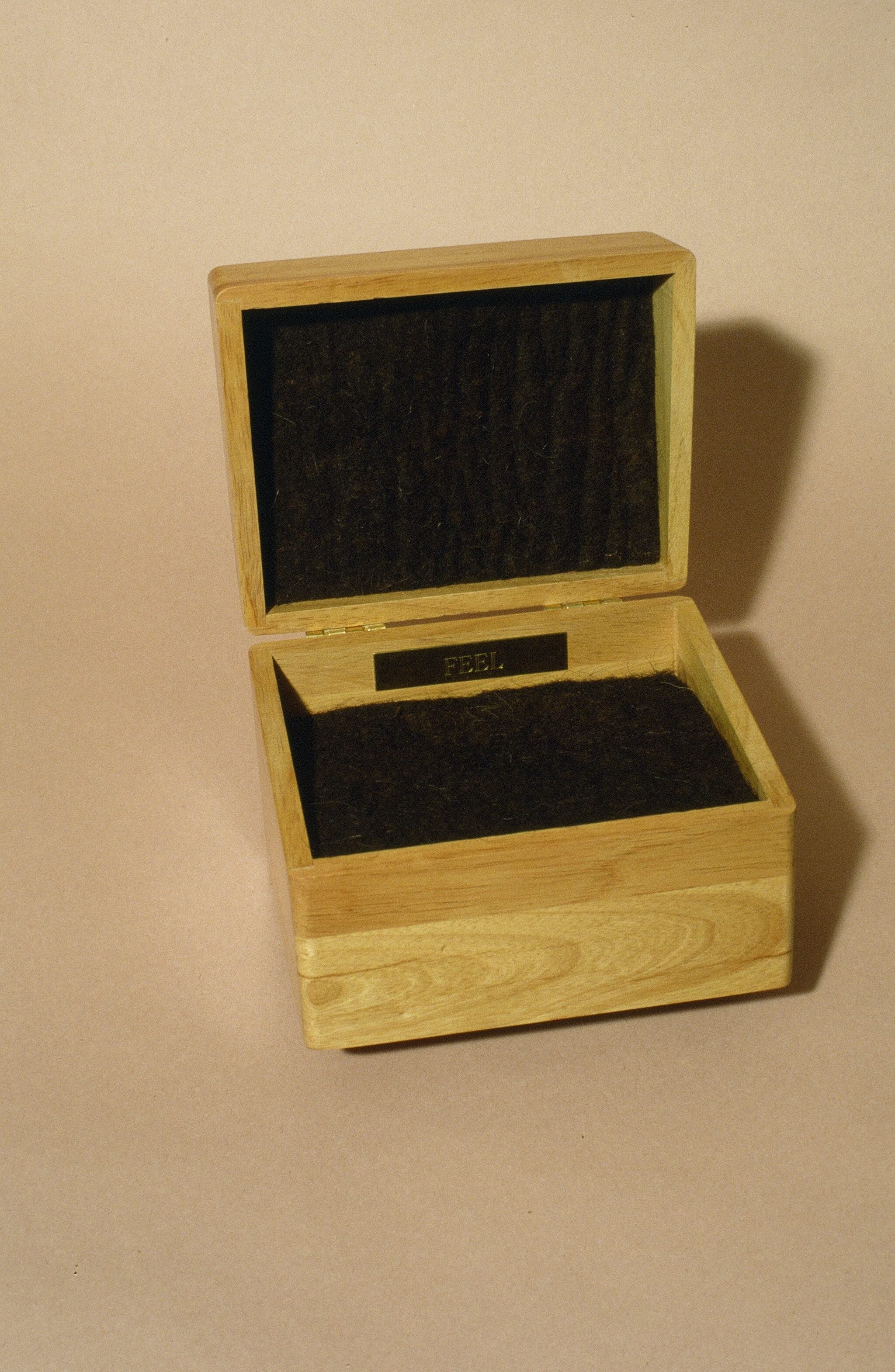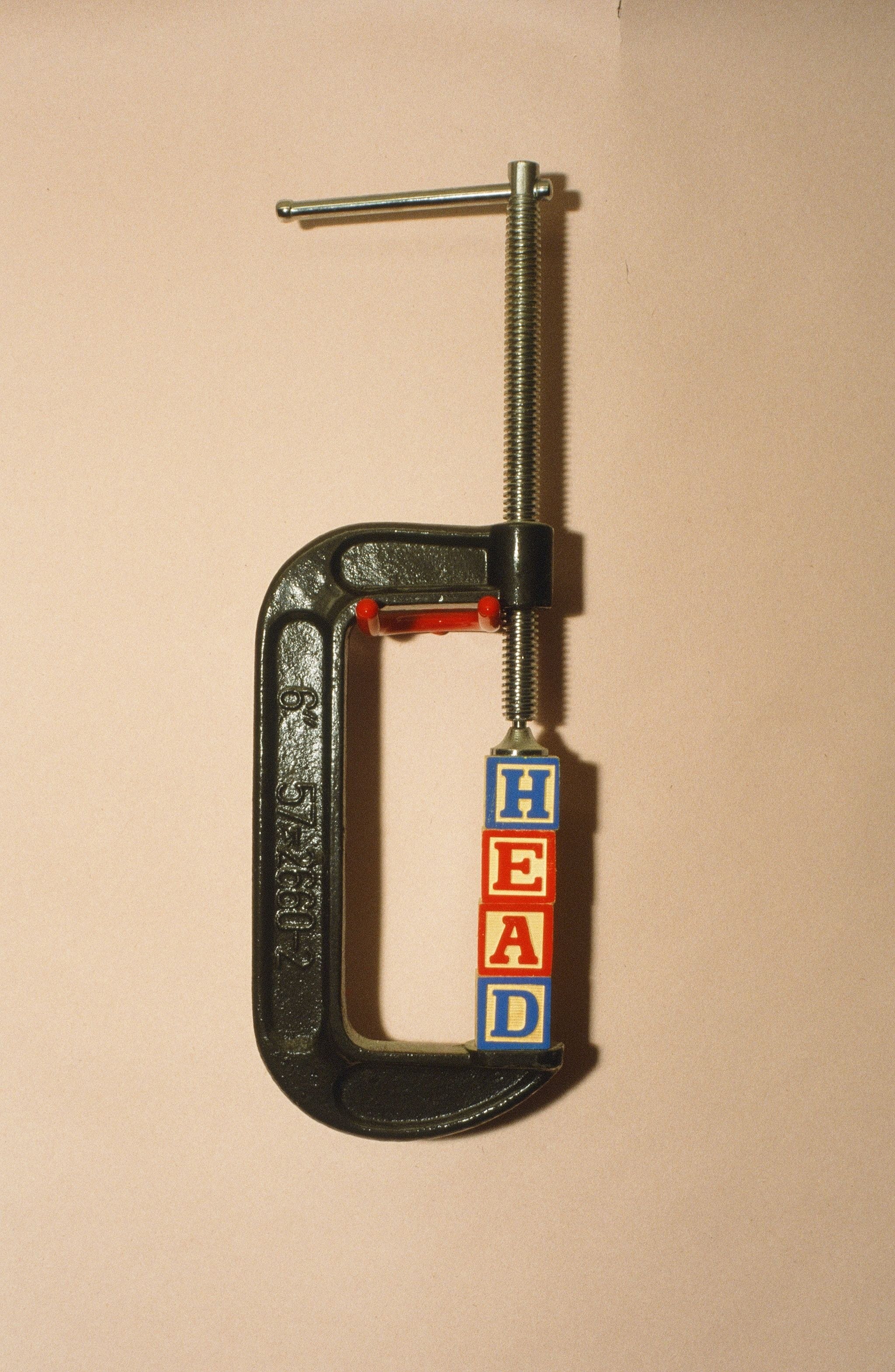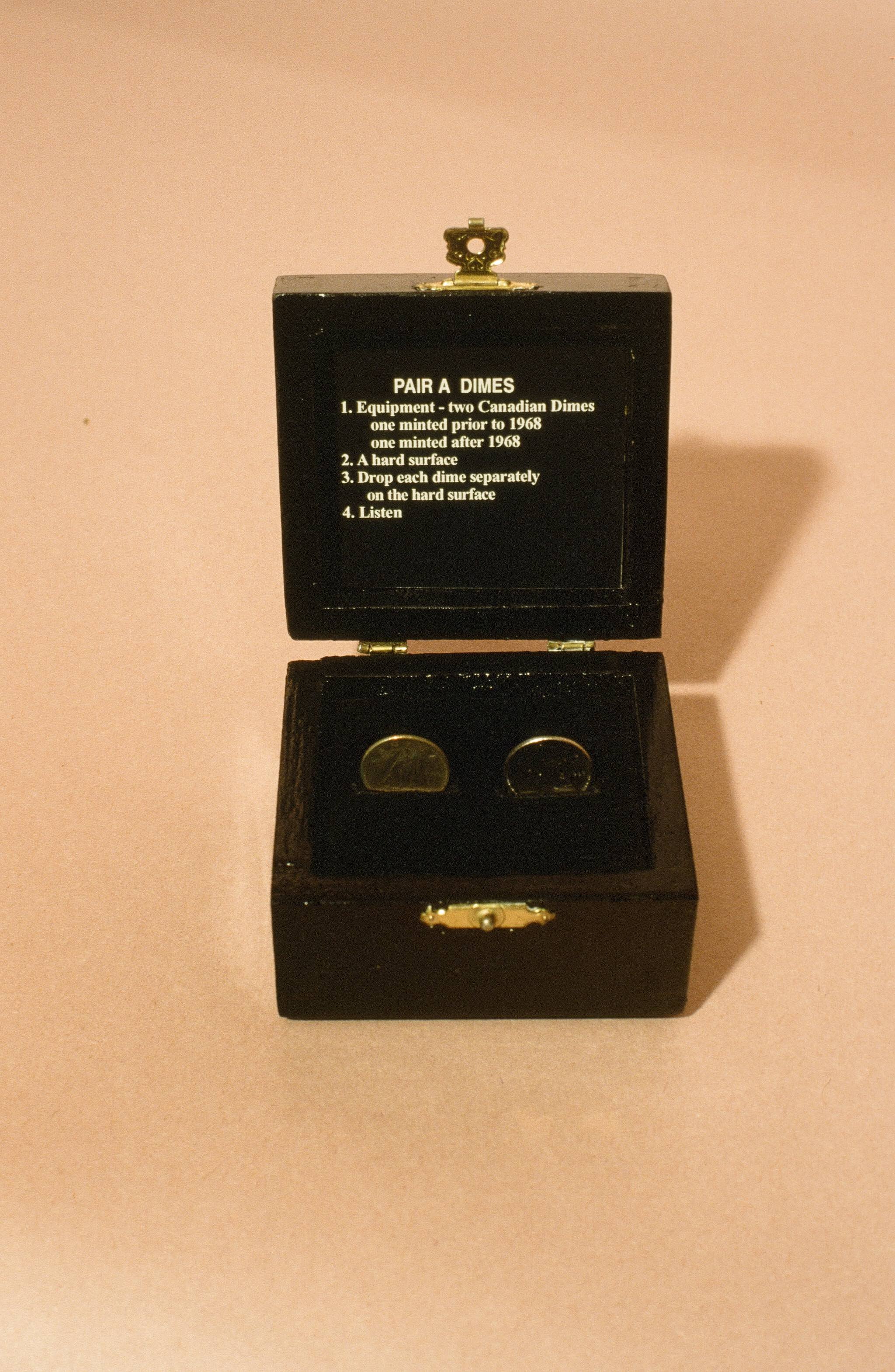Objet Poétique
+
Objet Sonique
Objet Poétique and Objet Sonique
by W. Mark Sutherland
The carefully chosen terms “objet poétique” and “object sonique” are intended to frame both the inspirational antecedents of these physical poems and sonic sculptures, and the subsequent hybridization of ideation that takes place in them.
I believe that the “objet trouve” was certainly an important conceptual point of reference for Marcel Duchamp and the Surrealists. Surrealist object making was prevalent throughout the 1930’s (evidenced at the Exposition Internationale du Surrealisme in Paris 1938). Inspired by Duchamp’s “found objects” (called “ready-mades” and “assisted ready-mades”) (1913) and Man Ray’ s early Dada objects (1920s), the Surrealist object-makers took a decidedly literary turn in the 1930s, eschewing the purely formal and visual properties of the found object in favour of the object’s poetic reification. Duchamp’s ready-mades were the manifestations of ideation — they were used to illustrate a concept. Surrealist objects, on the other hand, were to be “the concrete realization and subsequent circulation of numbers of copies of objects perceived only in dreams” (Andre Breton, 1923).
From the more recent past, I have taken further inspiration for my aesthetic practice from Bern Porter’s “found poems” and the Fluxus notion of the “found musical instrument” or “event scores”.
In short, I use the terms “objet poétique” and “objet sonique” to suggest a distillation and hybridization of the history and various critical theories about poetry, sonics, and the object in twentieth-century art. These phrases embody a critique of the cultural past, at the same time offering a foundation or launching pad for twenty-first-century poetics in art.
The text entitled Objet Poétique and Objet Sonique by W. Mark Sutherland was originally published in Musicworks #85, Spring, 2003.
Scratch, Koffler Gallery, Toronto, Canada 2002




